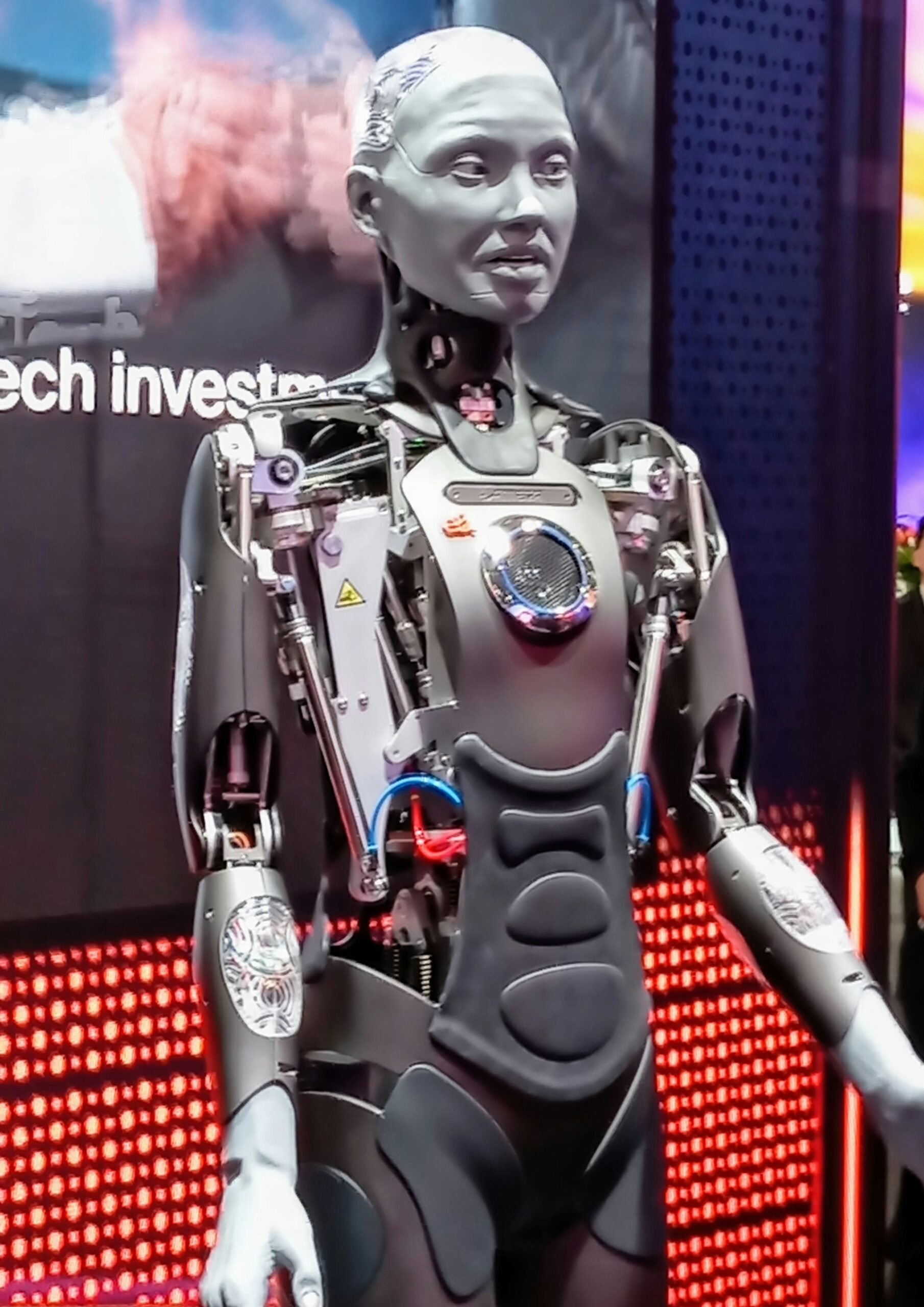Breakthroughs in Battery Chemistry: Powering the Next Generation of Electric Vehicles

Photo by Eren Goldman on Unsplash
Introduction: The New Era of Electric Vehicle Batteries
Electric vehicles (EVs) are rapidly transforming global transportation. At the heart of this revolution is battery technology. Recent breakthroughs in battery chemistry are making EVs more affordable, safer, and longer-lasting. This article explores the latest advances, including solid-state, sodium-ion, and lithium iron phosphate batteries, and provides actionable guidance for drivers, fleets, and industry professionals seeking to benefit from these innovations.
Solid-State Batteries: Unlocking Safety and Range
Solid-state batteries represent a major leap in energy storage. Unlike traditional lithium-ion batteries, which use flammable liquid electrolytes, solid-state batteries use a solid material. This design significantly enhances safety by reducing fire risks and also increases energy density, enabling longer driving ranges between charges. Industry leaders project that energy densities could reach 300-500 Wh/kg, allowing many EVs to surpass current range benchmarks while supporting up to 10,000 charge cycles-far more than the 500-5,000 cycles typical of older batteries [3] .
While commercial vehicles with solid-state batteries are not widespread yet, companies such as Toyota have announced plans to launch production models within the next few years. For consumers and businesses, this means EVs with faster charging, longer lifespans, and enhanced safety could soon become standard [5] .
If you are considering a future EV purchase, monitor announcements from major automakers and battery suppliers. For industry professionals, attending automotive expos and subscribing to trade publications is an effective way to stay updated on solid-state rollouts and pilot projects.
Sodium-Ion Batteries: Lower Costs and Greater Sustainability
One of the most promising developments is the rise of sodium-ion batteries. Unlike lithium, sodium is abundant and inexpensive-sodium costs about $0.05 per kilogram compared to $15 for lithium. This dramatic difference can translate to a 20-30% reduction in overall battery production costs [4] .
Sodium-ion batteries are well-suited for entry-level and fleet EVs, where cost and durability are often more important than absolute range. While their energy density currently lags behind lithium-ion, ongoing research and mass production are rapidly closing the gap. By 2025, the cost of sodium-ion batteries could reach as low as $100/kWh, making electric vehicles more accessible to a wider market [1] .
For drivers and fleet managers seeking budget-friendly EV options, keep an eye on major brands like BYD and Tesla, who are already rolling out models with alternative chemistries, including sodium-ion and lithium iron phosphate (LFP) batteries. To learn about the latest model availability, visit the official websites of these automakers or speak with authorized dealerships.
Lithium Iron Phosphate (LFP) and Manganese-Rich Batteries: Safer, Longer-Lasting Alternatives
LFP batteries, already used by leading manufacturers such as Tesla and BYD, offer several advantages over older chemistries. They contain no cobalt, which is expensive and often sourced from regions with ethical and supply chain challenges. LFP batteries are less costly, have longer lifespans, and are more resistant to thermal runaway, making them a preferred choice for many current EVs [1] .

Photo by JUICE on Unsplash
Manganese-rich cathodes are another area of advancement, increasing energy density while lowering reliance on cobalt. These innovations reduce the environmental impact and volatility of raw material prices, supporting a more sustainable and stable supply chain.
For consumers, choosing a vehicle with LFP or manganese-rich batteries may offer greater peace of mind regarding longevity and safety. Always request detailed battery chemistry information from your dealer and consult independent reviews for the latest model-specific data.
Recycling, Battery Passports, and the Circular Economy
Advances in battery chemistry are matched by improvements in recycling and lifecycle management. Modern EV batteries are designed for easier material recovery, with new direct-to-battery recycling methods avoiding high-energy melting or shredding. This not only conserves resources but supports a circular economy where materials from old batteries are reused in new packs [1] .
Automakers and regulatory bodies are also implementing
battery passports
: digital records tracking each battery’s chemistry, origin, and usage. This allows for informed recycling, resale, and compliance with new environmental standards.
For individuals looking to responsibly dispose of or recycle an EV battery, contact your vehicle manufacturer or consult the U.S. Environmental Protection Agency (EPA) for recommended recycling partners. Many cities also offer designated recycling drop-off points for batteries-check with your local waste management authority for details.
Fast Charging, Smart Management, and Integration with Renewable Energy
Another critical pain point for EV adoption has been charging speed. Recent advances enable higher-voltage systems (800V compared to the traditional 400V), supporting much faster charging without compromising battery health. Fast-charging stations capable of delivering a full charge in under 20 minutes are increasingly common in urban centers and along highways [2] .
Battery management systems (BMS) have also become more intelligent, using artificial intelligence to optimize charging cycles and predict maintenance needs. This not only extends battery life but also reduces operational costs for vehicle owners [5] . For those interested in maximizing battery performance, it is recommended to keep your vehicle’s software updated and follow manufacturer guidance on charging practices.
Emerging technologies such as wireless charging and vehicle-to-grid (V2G) integration further enhance convenience and sustainability. Wireless charging pads are being tested in private garages and public roads, while V2G systems allow EVs to supply power back to the grid during peak demand. For updates on local infrastructure and pilot programs, monitor your utility provider’s announcements and local government news feeds.
How to Access the Latest EV Battery Innovations
If you wish to benefit from these battery advancements, here are step-by-step instructions:
- Research new EV models: Visit the official websites of major automakers (such as Tesla, BYD, and Toyota) and review their latest press releases or product pages for information on battery types and chemistries.
- Consult independent reviews: Reputable automotive publications and organizations like Consumer Reports regularly test and compare new EV models, providing data on battery performance, range, and charging speed.
- Contact local dealerships: Speak directly with sales representatives about available battery options, expected lifespan, and warranty coverage. Request written documentation on battery chemistry.
- Stay informed on regulations: Government agencies such as the U.S. Department of Energy and the EPA provide updates on battery recycling, safety standards, and incentives for EV adoption. Search for official guidance using terms like “EV battery recycling” and “electric vehicle tax credits.”
- Monitor charging infrastructure: Utility companies and organizations like PlugShare publish interactive maps of fast-charging stations. Check for updates in your region to plan long-distance trips or daily charging.
For fleet managers or industry professionals, consider attending industry conferences, webinars, and technical workshops to stay current on battery supply chain developments and pilot projects.
Challenges and Future Outlook
Despite rapid progress, several challenges remain. Solid-state and sodium-ion batteries are still in the early stages of mass adoption, and supply chain constraints can delay large-scale deployment. Additionally, the cost of advanced chemistries may initially be higher for consumers until economies of scale are achieved. Ongoing investment in recycling and grid integration is essential for maximizing the sustainability of these technologies.
Nonetheless, the trajectory is clear: advances in battery chemistry are making electric vehicles more practical and affordable every year. By staying informed and proactive, both individual drivers and businesses can take full advantage of the latest developments in EV battery technology.
References
- [1] GreenCars (2025). The Future of EV Batteries: What’s Next?
- [2] H.B. Fuller (2024). Battery Trends of 2025: What’s Powering the Future?
- [3] Large Power (2025). The Evolution of Lithium-Ion Batteries Because of Electric Vehicles
- [4] YouTube (2025). It Happened Elon Musk Announces 3 Battery Tech for 2025
- [5] Coltura (2025). How Long Do Electric Car Batteries Last In 2025?
MORE FROM findsun.net













